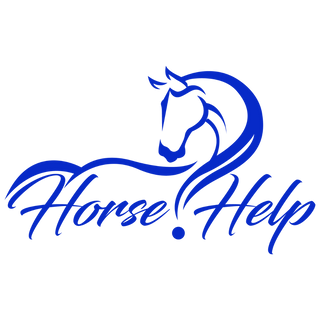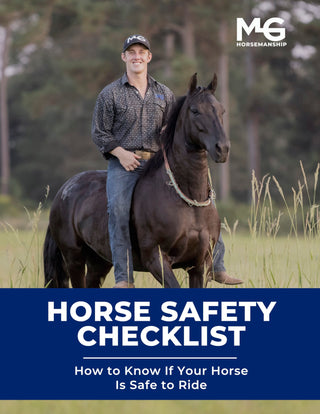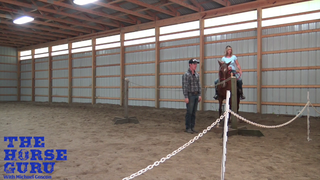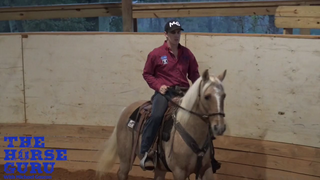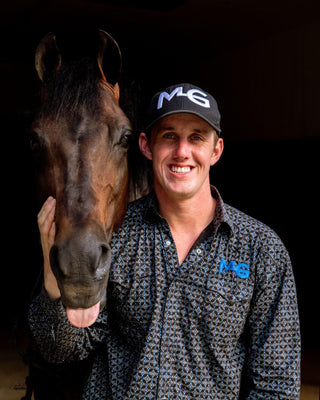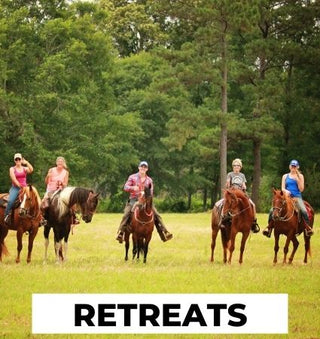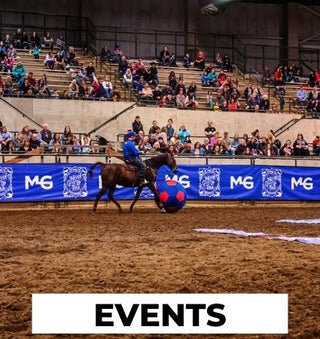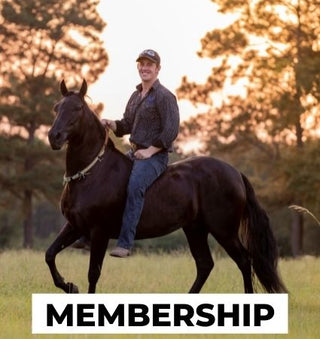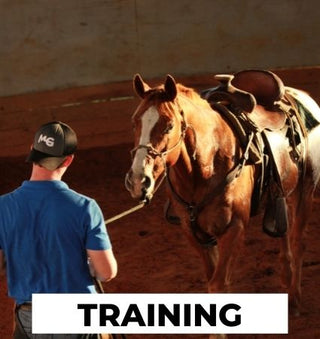Watch the Video Here or continue reading below!
When it comes to horse training, everything begins with respect. In Michael Gascon’s “Kindergarten” stage of horsemanship, the focus is on teaching horses to respect your space, respond to your cues, and establish a foundation of trust and communication. Without this respect, later training becomes difficult and even unsafe.
In this post, we’ll cover the do’s and don’ts of kindergarten groundwork, focusing on body position, handling the lead rope, and teaching your horse to respect your personal bubble.
Why Respect Matters in Kindergarten Training
Respect is the foundation of every relationship between horse and rider. In kindergarten training:
-
Your horse should stay out of your personal bubble (an arm’s length away unless invited closer).
-
A respectful horse is one that listens, responds, and avoids dangerous behaviors like crowding, stepping on your feet, or running into you.
-
Just like animals in the wild, horses establish dominance through body language. If your horse refuses to back up or tries to push into your space, it’s sending a clear message: you’re not in charge.
By teaching respect early, you build a safe and cooperative partnership.
Do: Handle the Lead Rope Correctly
When leading a horse in kindergarten:
-
Keep coils in your left hand with big, loose loops (never small, tight coils that can trap your hand).
-
Hold the rope in your right hand with your thumb down, allowing for better control.
-
Always stay aware of your rope and body positioning for safety.
This not only prevents accidents but also creates consistency in how you communicate with your horse.
Don’t: Let Your Horse Crowd Your Space
One of the most common mistakes is allowing a horse to walk into your bubble uninvited.
-
It may feel affectionate to let your horse nuzzle, lean, or walk close whenever it wants—but this creates disrespect.
-
Horses that don’t learn boundaries often push handlers around, especially in stressful situations (like loading into a trailer or coming out of a stall).
The rule is simple: you invite your horse in, not the other way around.
Do: Teach the Backup Cue
Backing up is one of the most important exercises in kindergarten training.
-
Ask your horse to back up with no physical pressure, using your body language, posture, and energy.
-
Stand tall, shoulders square, and look directly at the horse to project intent.
-
If the horse resists, increase pressure gradually until you get at least one step back, then immediately release.
This teaches your horse that you are the leader and that respect means yielding to your space.
Don’t: Be Afraid to Use Energy
Many riders hesitate to use enough energy when asking their horse to back up. But:
-
Too little energy sends a weak signal, and the horse won’t take you seriously.
-
Too much energy won’t hurt if it’s applied fairly—it just makes your intention clear.
The goal is balance: use only the amount of energy needed, but don’t be afraid to demand respect when necessary.
Do: Reward Respectful Behavior
When your horse stops when you stop, backs up when asked, or maintains proper space—reward it by releasing pressure and relaxing your energy.
This clarity helps your horse understand:
-
Respect leads to comfort.
-
Disrespect results in pressure.
That simple equation builds lasting responsiveness and partnership.
The Foundation for Future Training
If your horse doesn’t respect you on the ground, it won’t magically respect you under saddle. Kindergarten groundwork ensures your horse pays attention, stays out of your space, and listens when things get uncomfortable.
Every time you reinforce respect in kindergarten, you’re preparing your horse for the next stage of training—and creating a safer, more enjoyable partnership.
Final Thoughts
The do’s and don’ts of kindergarten – respect come down to one key principle: your horse must recognize and honor your personal space. By handling the lead rope correctly, teaching the backup cue, and balancing energy with reward, you’re setting the foundation for all future horsemanship.
Start every relationship with your horse by saying, “I have a bubble, and I expect you to respect it.” That respect will carry into every ride, obstacle, and challenge you face together.
